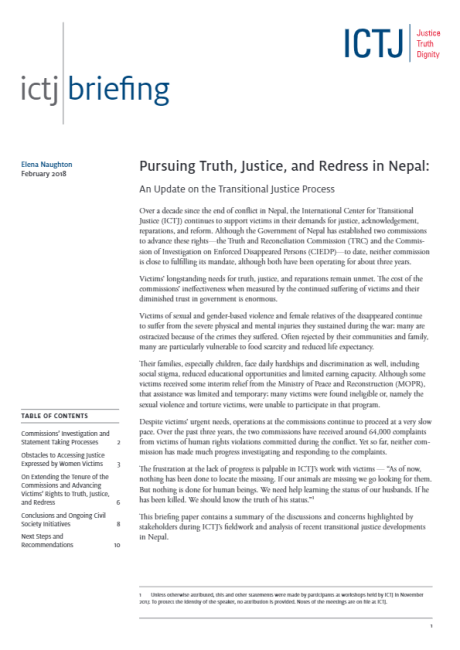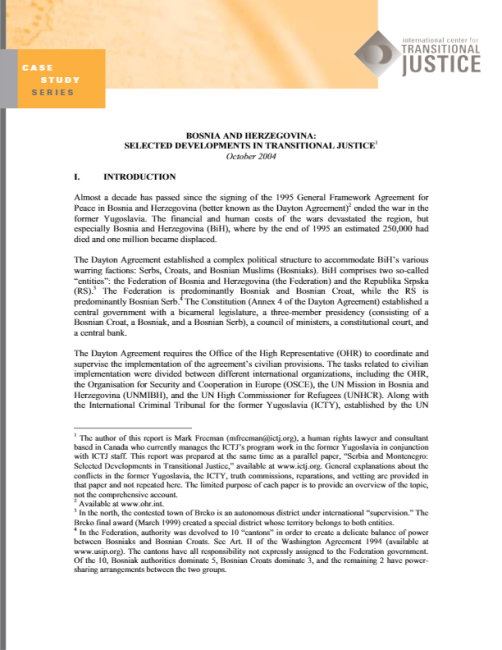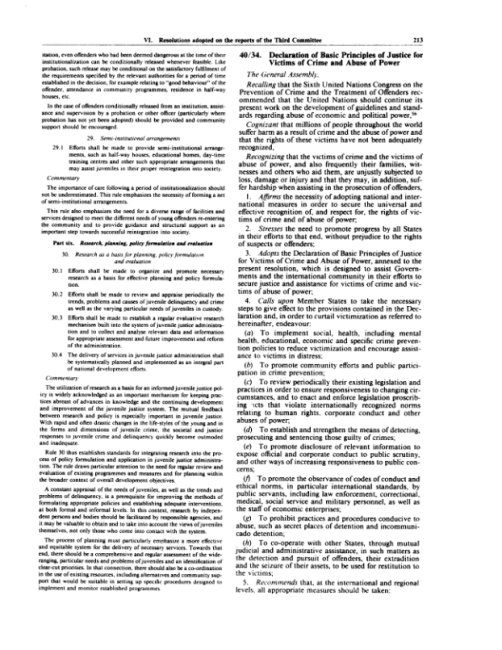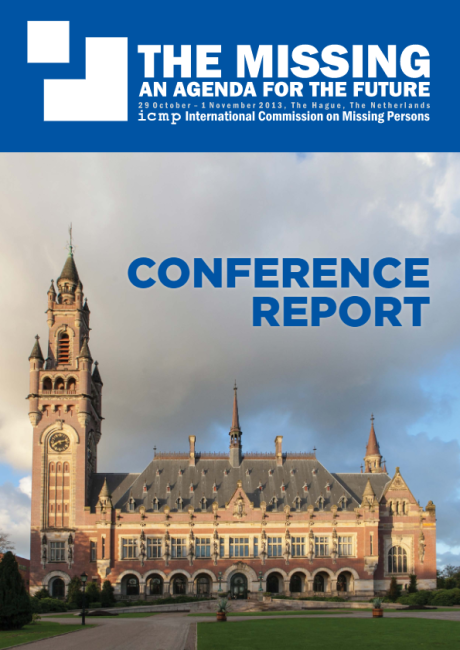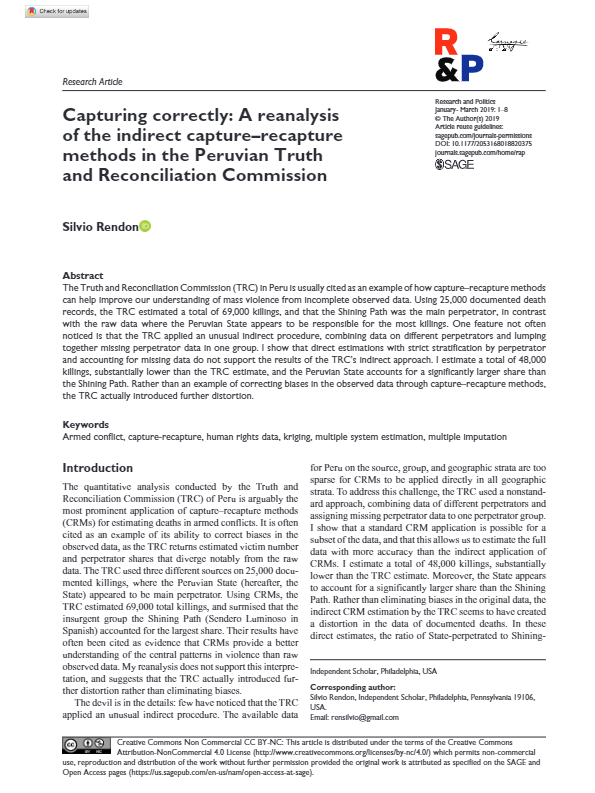
Capturing correctly: a reanalysis of the indirect capture–recapture methods in the Peruvian Truth and Reconciliation Commission
The Truth and Reconciliation Commission (TRC) in Peru is usually cited as an example of how capture–recapture methods can help improve our understanding of mass violence from incomplete observed data. Using 25,000 documented death records, the TRC estimated a total of 69,000 killings, and that the Shining Path was the main perpetrator, in contrast with the raw data where the Peruvian State appears to be responsible for the most killings. One feature not often noticed is that the TRC applied an unusual indirect procedure, combining data on different perpetrators and lumping together missing perpetrator data in one group. The article shows that direct estimations with strict stratification by perpetrator and accounting for missing data do not support the results of the TRC’s indirect approach. The author estimates a total of 48,000 killings, substantially lower than the TRC estimate, and the Peruvian State accounts for a significantly larger share than the Shining Path. Rather than an example of correcting biases in the observed data through capture–recapture methods, the TRC actually introduced further distortion.


